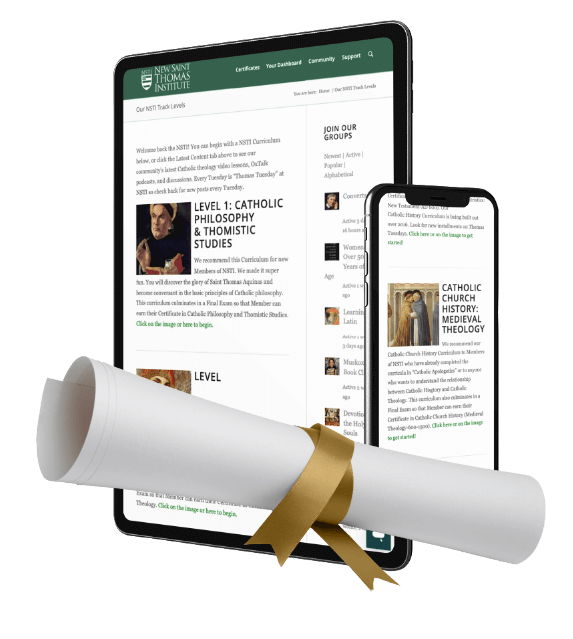Today commemorates England’s Marian Apparition: Our Lady of Walsingham
Our Lady of Walsingham – England’s Apparition of Mary
Most Catholics know of France’s famous Marian apparitions, such as those at Lourdes and Rue du Bac, and also the greater Marian apparition sites such as the one at Fatima, Portugal or Guadalupe, Mexico.
England’s once famous shrine of Our Lady of Walsingham is not as well known due to the onset of Protestantism in the 1500s. Thankfully, the apparition is receiving greater devotion due to the efforts of Catholics and Anglicans with a love for the Blessed Virgin.
The tradition of Our Lady of Walsingham began with an apparition of the Immaculate Mother of God to Richeldis de Faverches, a Catholic English noblewoman, in 1061 in the village of Walsingham in Norfolk, England.
The Mother of God revealed the archetectural plans of the Holy House of the Holy Family in Nazareth and she asked Lady Richeldis to build the house as a shrine and place of pilgrimage.
The Holy House of Walsingham was an exact copy of of the home in which the Annunciation occurred. The chapel was founded in the time of Edward the Confessor, about 1053, the earliest deeds naming Richeldis, the mother of Geoffrey of Favraches as the founder. In 1169, Geoffrey granted ‘to God and St. Mary and to Edwy his clerk the chapel of our Lady’ which his mother had founded at Walsingham with the intention that Edwy should found a priory. These gifts were, shortly afterwards, confirmed to the Austin Canons of Walsingham by Robert de Brucurt and Roger, earl of Clare.
By 1500, Our Lady of Walsingham had become one of the greatest religious centres in England, and Europe, together with Glastonbury and Canterbury. It became the third most popular place of pilgrimage next to Rome and Compostella, Spain.
The suppression of Walsingham came late in 1538. The Protestant bishop Latimer wrote of the image of Mary that “She hath been the Devil’s instrument, I fear, to bring many to eternal fire; now she herself with her older sister of Walsingham, her younger sister of Ipswich, and their two sisters of Doncaster and Penrhys will make a jolly muster in Smithfield. They would not be all day in burning”. Horrid words that reveal the hate of early Anglicans for images and for the Blessed Virgin.
King Henry VIII approved for the image of Our Lady of Walsingham to be burned. This confirms that Henry VIII was an impious and perfidious tyrant. Those who claim that Henry VIII remained Catholic “in his heart” are deceived. He was a murderous and adulterous man who mocked the papacy.
“It was the month of July, the images of Our Lady of Walsingham and Ipswich were brought up to London with all the jewels that hung around them, at the King’s commandment, and divers other images, both in England and Wales, that were used for common pilgrimage…and they were burnt at Chelsea by my Lord Privy Seal”.
In 1897 Pope Leo XIII re-established the restored 14th century Slipper Chapel as a Roman Catholic shrine, now the centre of the National Shrine of Our Lady of Walsingham. The Holy House had been rebuilt at the Church of the Annunciation at King’s Lynn.
There is a prophecy that when England returns to Our Lady of Walsingham, Our Lady will return to England. It seems, then, that this Marian shrine is intimately associated with the spiritual health of Merry Ol’ England.
Our Lady of Walsingham, pray for us.
Do you enjoy reading Canterbury Tales by Taylor Marshall? Make it easier to receive daily posts. It’s free. Please click here to sign up by Feed or here to sign up by Email. Please also explore Taylor’s books about Catholicism at amazon.com.
What to Watch Next
I watched reels and shorts of Charlie Kirk today and saw them in a new light. He...
I share my thoughts and memories of Charlie Kirk. Taylor’s new Bestselling Book: Christian Patriot: https://amzn.to/4n70va2 Watch...
How do you know if someone is possessed by a devil? How do people become possessed by...
SHOP THE TAYLOR MARSHALL STORE
Dive Deeper

GET CONFIDENT IN YOUR FAITH
Explore the fascinating world of Catholic teachings with Dr. Marshall. Together you’ll unpack the brilliant answers the Church gives to tough questions about the Faith. The best part: you go at your own pace. Start this exciting journey today.


 >
>




